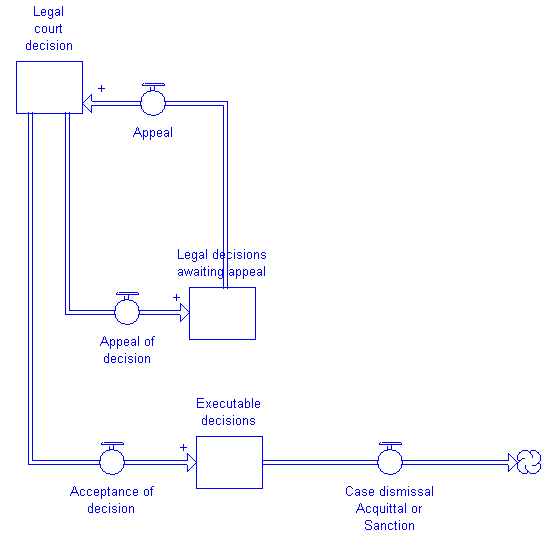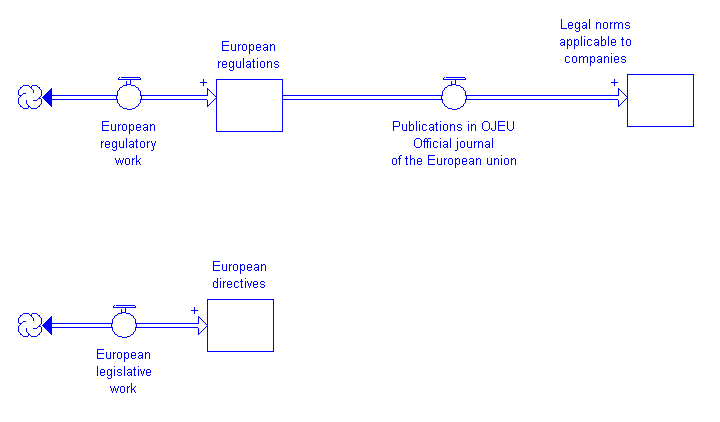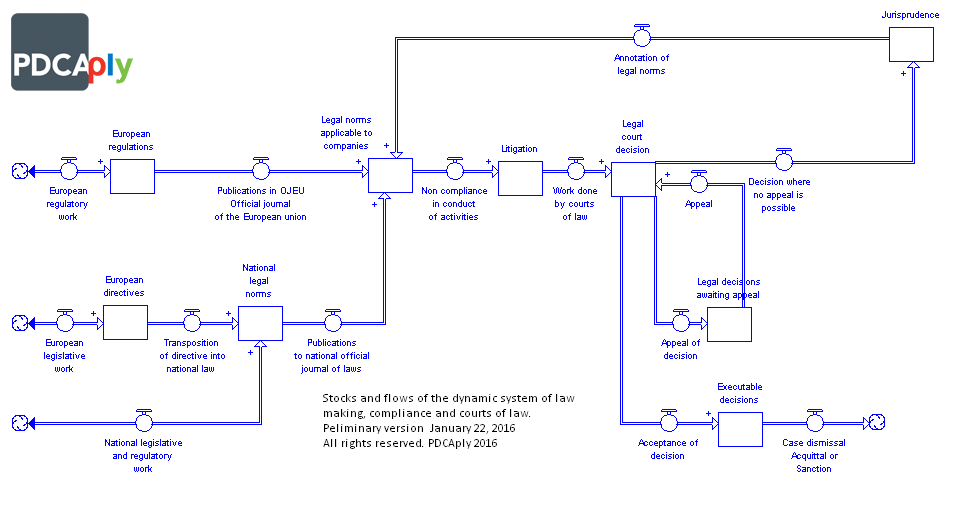Compliance to French legal norms is often perceived as a complex endeavour.
Attributes of the normative texts such as page count, weight, article count or constraints pertaining to its implementation are presented as causal factors for complexity.
The French Code du travail epitomizes the perception of complexity.
The Code du travail undergoes a change aiming at changing the order of precedence of law and of agreements (company or industry), so that the latter can be above the law. Implementing this change should soon benefit from a milestone with the results of a mission lead by Robert Badinter in order to identify fundamental rights for which Code du travail will keep its precedence over above mentioned agreements.
Let’s hope provisions in the Code du travail resulting from legal norms France has committed to comply to (such as European directives transposed in French law or agreements of the International Labour Organization ratified by France) will make it to fundamental rights rules by Code du travail. Should this not be the case, the intent to simplify could be defeated, over time, by an increase in complexity of agreements, of work contracts and of legal procedures in European courts of law.
How to better embrace complexity in legal norms
Systems thinking make it feasible to simulate the behaviour of interacting elements taking into account the time needed by a cause to produce its effects. The anatomy of models used for simulation are developed using a metaphor of stocks and flows.
Obligations, compliance, litigation and legal decisions
For the sake of compliance, at a given time, legal norms defining compliance obligations of firms are modelled as a stock.

Non-compliance to legal obligations increases the risk of litigation
The conduct, over time, of business activities will eventually bring to litigation. Legal procedures give work to courts of law and, with the time of justice, yield court decisions.
Carrying out court decisions or appeal

A court decision is either carried out or an appeal against the decision is lodged
Jurisprudence
Work performed by law makers also increases the stock of legal norms. France has a policy, when making additional laws to repeal one legal obligation every time a new obligation is created.
Work of national law makers
A law maker in one of the 28 member states of the European union performs a legislative and regulatory work of defining national legal norms. In France, national legal norms typically span:
- legal norms applicable to the entire country, such as law
- legal norms applicable locally such as road regulation
- legal norms permitting an activity to the site of a company such as a sales licence, a construction yard or an environmentally classified installation (ICPE)

Transposition in national law of European directives and evolution of national legal norms
In France, provisions of most national legal norms only become applicable if and when decrees (décrets en conseil d’état known as décrets d’application) . These decrees define how public administration handles the new norm. Dispositions of decrees and the date the will be published are unknowns that make regulatory intelligence more difficult in France than in more predictable countries.
Work of European law makers
National law makers perform transposition work of european directives vited by European law makers . Single market directives give a good sense of the stock of European directives pertaining to the single market.

Directives to be transposed in national lay and diretlc applicable regulations.
Work performed by European law makers yields European regulations. Pprovisions in regulations are directly applicable in the 28 member states of the European union. Unless a deadline is specified in the regulation, its provision enter into force 20 days after the regulation has been published in the official journal of the European union (OJEU).
As a matter of conclusion
Juxtaposing the model sectors covering compliance, carry-out of court decisions and appeal and law making, either national or European, as well as jurisprudence creates a visual representation of interacting elements contributing to systems’ structure.
Practice of systems thinking makes us imagine a change made without a thorough understanding of interactions and with the assumption that impact is immediate is likely to bring counter-intuitive effects possibly worsening the situation.

